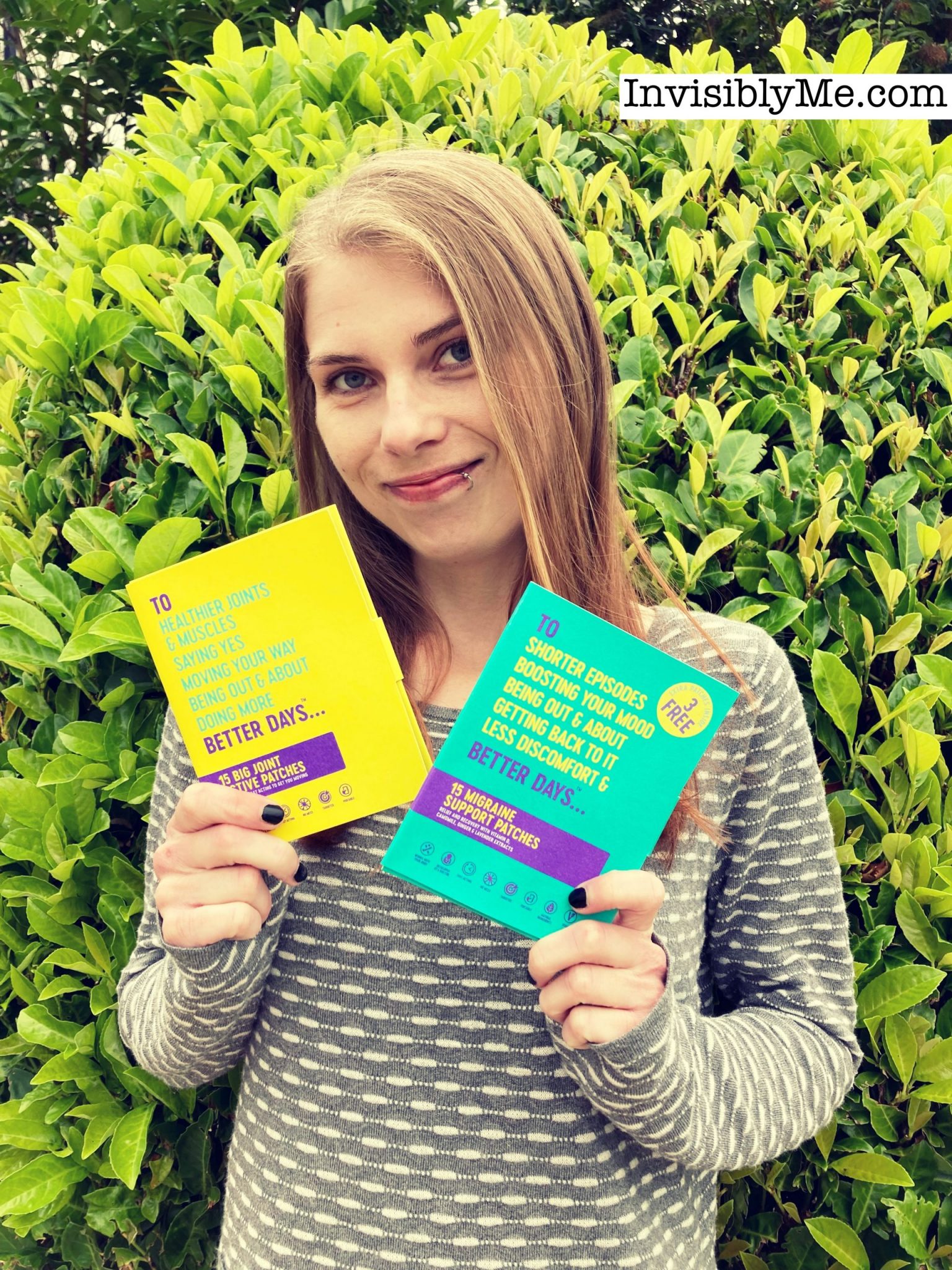
Caz is a blogger who shares her experiences of living with multiple chronic illnesses, as well as useful tips. You can find her story here and if you would like to read her articles, you can do so by visiting the InvisiblyMe blog. You can also see what she’s up to on her Instagram, Facebook and Twitter.
Living with chronic pain can be as infuriating as it is exhausting. Even with treatments, pain can be debilitating and have a wide-reaching impact on physical and mental health. So how do you live with chronic pain each day when it’s driving you up the wall and rendering you almost non-functional? While not pain relief, distractions can be a therapy of their own that may just help us to better manage chronic pain and chronic illness on a daily basis.
My Experience With Distractions For Chronic Pain
I live with chronic pain of different types. The most debilitating is from surgical nerve damage, with metal screws in my back that have led to severe back and hip pain, along with electric zaps down my legs. I also live with chronic migraines, which have taken me to the very edge countless times. Then there’s fibromyalgia pain, alongside muscle pain and joint pain from widespread chronic inflammation.
I was extremely resistant to the idea of prescription opioids until the day that I had to admit I was at the end of the road. For the last few years, I’ve used them regularly each day and they’re what keep me somewhat functional. The painkillers are for survival, but alongside this are the likes of pacing and distractions as a way of better managing pain to get the basics done while also hopefully keeping my mental health afloat more often than not. Sometimes they work, sometimes they don’t.
You can only give things a try, judge what the situation calls for, and keep an open mind when it comes to tools and techniques to manage life with chronic pain.
The Benefits Of Distractions
The potential benefits of distractions are many and varied, depending on the types of distractions and how you use them. For instance, distractions can :
- Give you a break from the situation you find yourself in so you can get a quick mental refresh
- Ground you, help to reduce stress and improve overall wellbeing
- Allow you to actively practice self-care
- Be built into pacing by giving you something to look forward to
- Spark your imagination or allow you to unleash your creativity
- Put some joy, structure and meaning into your life, reminding you that you are more than just your health problems
- Allow you to breathe and calm yourself, so you can better deal with the situation and your pain
What Are Some Examples Of Distractions?
Distractions can be anything from an activity merely designed to take your mind off the pain, to activities for fun and joy.
Here are some ideas to start you off :
- Get out into nature, appreciate the wildlife and flowers, take photos of the beauty around you, walk, eat al-fresco
- Games and puzzles
- Decluttering your home, cupboards, paperwork, or digital decluttering your computer and emails
- Mindfulness and meditation
- Speak to a friend, write a letter, get involved in an online community
- Instant calm by counting down backwards from 25, then again from 50, going slowly and calmly until you feel more relaxed
- Journalling, creative writing, poetry, blogging
- Practice gratitude – think or write about the things you’re thankful for, big and small
- Deep cleaning areas at home, like the shower, oven and other things you’ve still not got around to cleaning
- Epsom salt bath foot bath, skincare routine
- Be productive by tackling items on your to-do list
- Focused breathing exercises for more instant distracting and calming
- Go through old photos and belongings (only if there’s a sense of positivity rather than feeling emotionally fraught)
- Get cosy and indulge in a good book, TV series or movie with snacks, a warm drink and blanket
- Turn up the volume and lose yourself in your favourite music; dance if you can to release some endorphins or sing along to release some tension
- Take a time-out from environmental stimulation in a dark room, eye mask, earplugs, blanket and comfortable clothes
What Do You Want From Your Chronic Pain Distractions?
To get the best from distractions, it’s a good idea to think about what you want from them at that moment in time. For instance, do you need calming and comforting, do you need lightening up and some laughter, do you need to vent anger and frustration, or do you need invigoration and motivation?
When it comes to finding ideas for distractions, you might want to think about the interests you have, what you’re passionate about, what hobbies you have, or If there are new hobbies you want to try out. If you want a distraction to be practical, try to pace what you’re doing so you don’t overdo it and find yourself worse off. Going through a to-do list can give us a sense of achievement while distracting us, and it’ll relieve a little stress by knowing some of the mountainous tasks are out of the way. Just try not to put too much pressure on yourself. Do it in your own time, listen to your body and celebrate all the small wins along the way.
The experience of chronic pain is unique to each individual, and so is how we find different medications, tools, products and techniques. What works for one may not work for another and it can take some trial and error to see what suits you best, but the world of distractions and hobbies is so vast that there should be something for everyone and most situations. Distractions can be priceless in keeping us going mentally and physically, so I hope you can benefit from them too because every little helps when living with such unrelenting pain.



